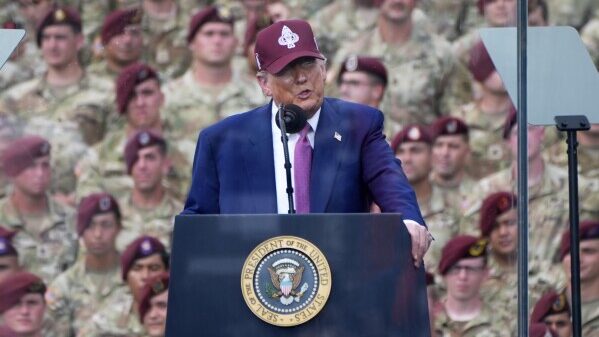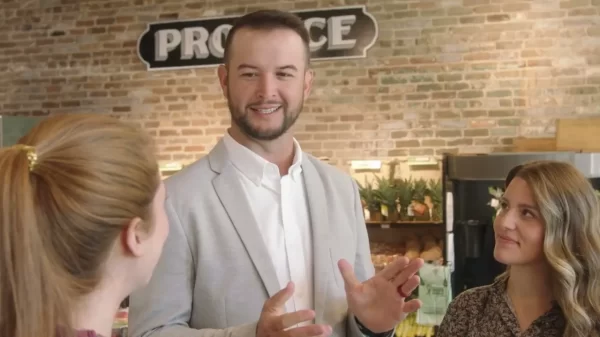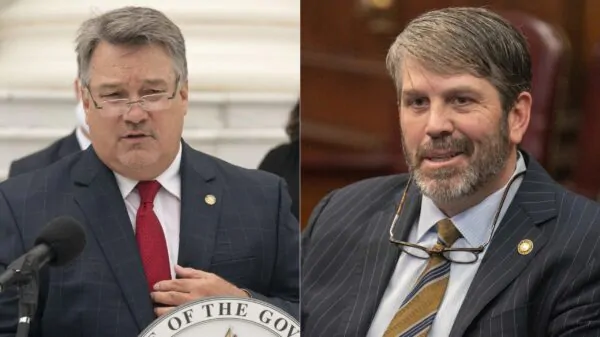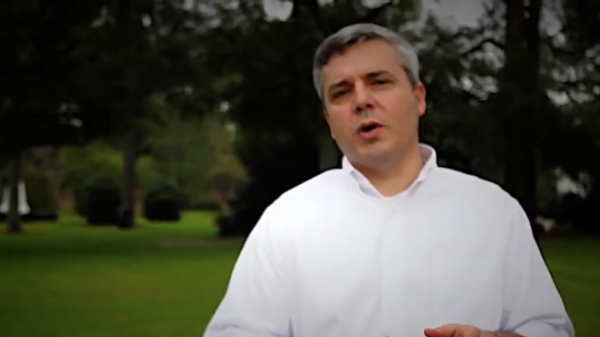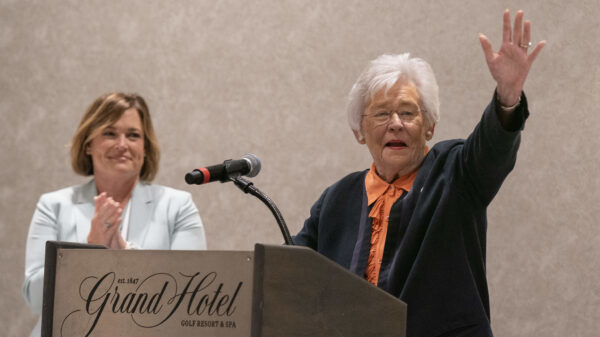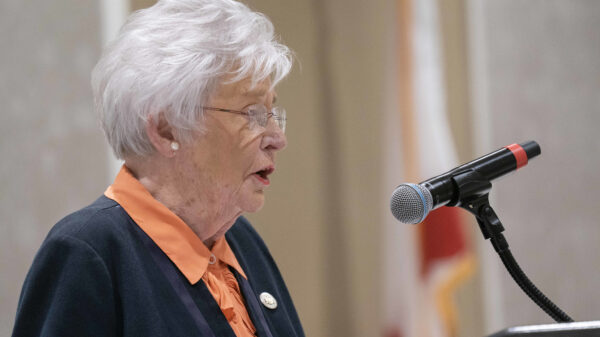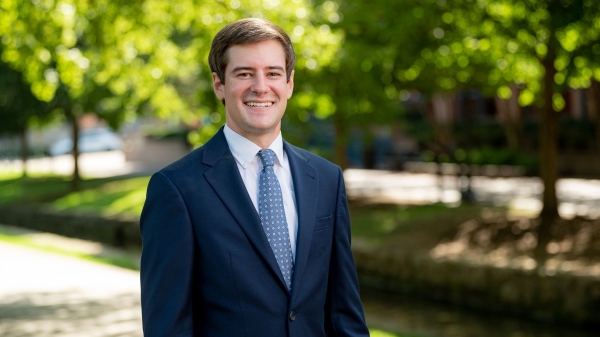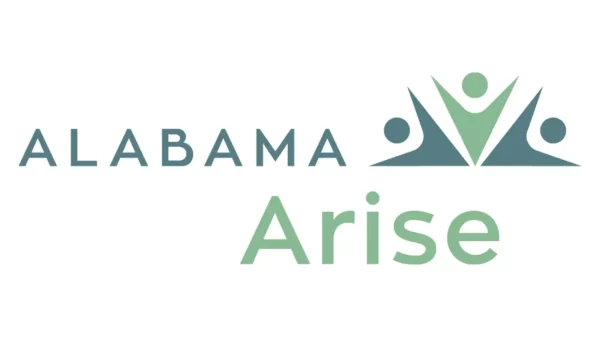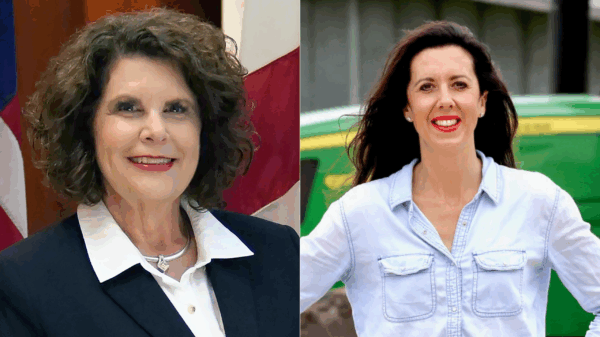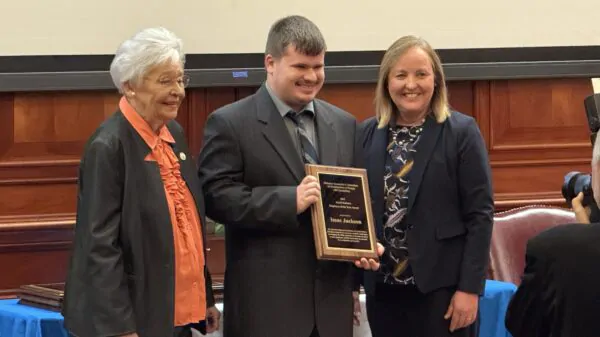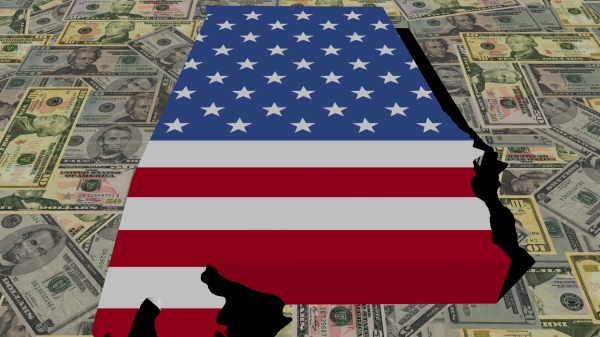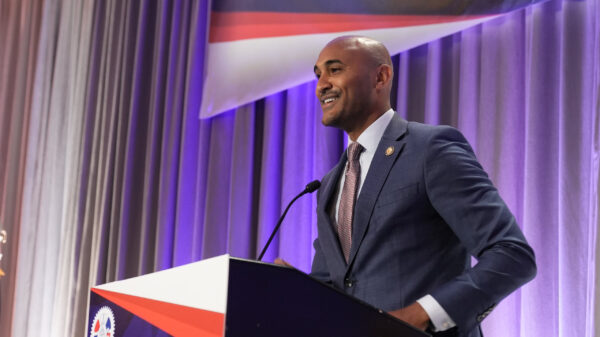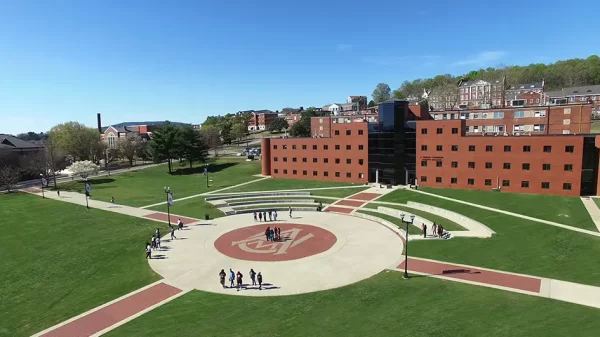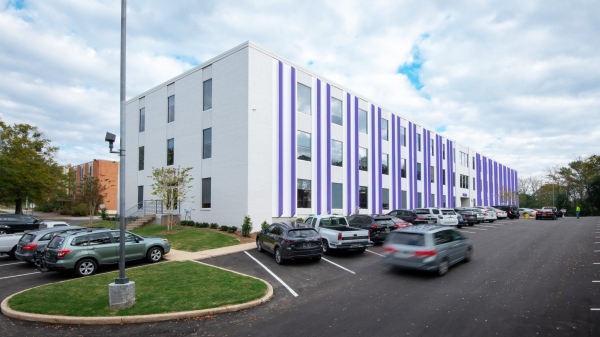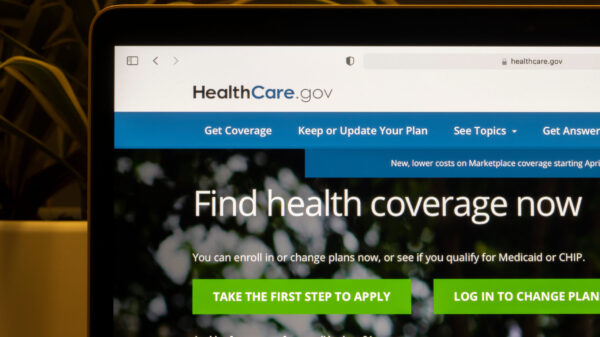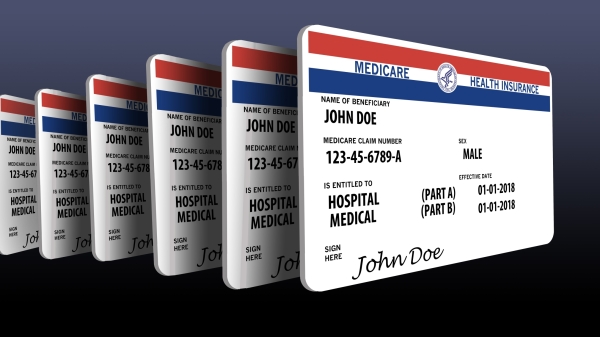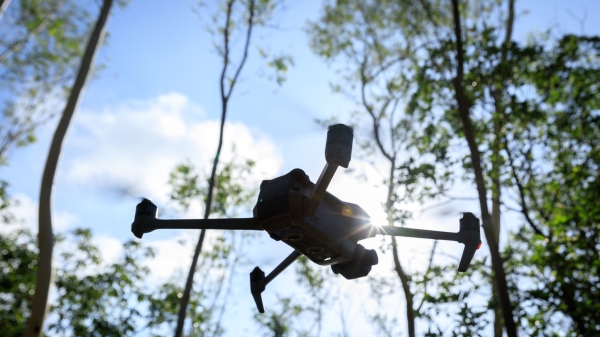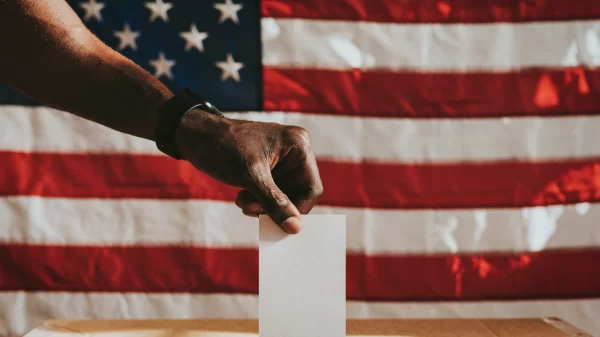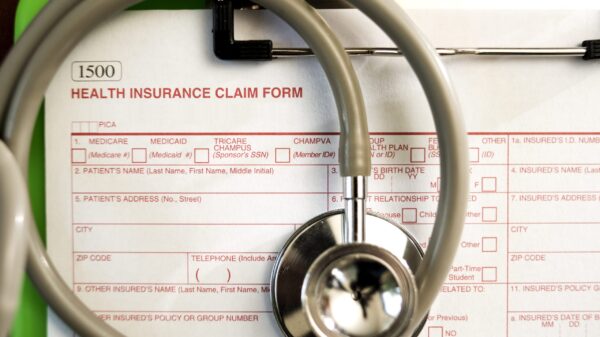By Jim Carnes
Imagine you’re uninsured and thinking about buying health insurance. If good coverage is available, you’d want to know if you could afford the premiums and out-of-pocket costs. But those aren’t the only factors that determine affordability. You’d also need to subtract the cost of going without insurance: the doctor visits and prescriptions you’re paying for in full, or the untreated health problems you’re hoping will just go away.
As lawmakers prepare for a special session Aug. 15 to address next year’s Medicaid shortfall, the cost of insuring 1 million vulnerable Alabamians – children, low-income seniors, and people with disabilities – will be in the spotlight. A wise solution will consider also the cost of leaving 300,000 workers, college students and caregivers uninsured. If our legislators are serious about strengthening the backbone of our health care system, it’s time to close Alabama’s coverage gap.
Preparing for the worst, Gov. Robert Bentley has begun cutting Medicaid payments to pediatricians and family doctors. This backward move won’t offset an $85 million shortfall by a long shot, and it’s just the beginning of the costly slide we’ll see if the Legislature fails to produce a solution.
Bentley is proposing a lottery to shore up the languishing General Fund, which includes Medicaid and most other non-education services. If a lottery passes, it will have to go to the people for a vote, no earlier than November, and the system wouldn’t be up and running until late 2017. So it’d be no help with stopping the immediate Medicaid cuts.
In other states, lottery participation rises and falls with the economy. When a recession hits, lottery ticket sales go down, while enrollment in Medicaid and other services for low-income people rises. A revenue source that shrinks when you need it most is not the answer to long-term funding stability.
A lottery, however you feel about it, fails to address both our acute and our chronic Medicaid funding problems. We still need immediate revenue to stop the ongoing Medicaid cuts. And we still need a stable funding plan for the long haul.
Last month, we learned that the governor’s email “suggestion box” produced some strong ideas for how we could “make Alabama a truly great state.” One of the top suggestions was to expand Medicaid.
Up to now, lawmakers’ small-picture excuse for forfeiting 100 percent federal funding of Medicaid expansion has been the future share the state would have to pitch in, starting at a nickel on the dollar next year. The state share reaches a cap of 10 percent in 2020. Think of this as Alabama’s “out-of-pocket” cost for covering working families who are struggling to get by.
But remember, that isn’t the whole picture. In addition to out-of-pocket costs for health coverage and care, we also need to factor in the savings to be gained from coverage: the money we’re now spending on health care for folks in the coverage gap and the future costs we avoid by getting them healthier. That’s how families decide if they can afford health coverage: Will it be good for our pocketbook and our health? And it ought to be how states decide if they can afford to close the coverage gap.
Earlier this year, the Alabama Health Care Improvement Task Force presented to Bentley a report by the Manatt group outlining direct savings the state would gain through Medicaid expansion. Alabama already provides a range of health services, such as mental health care, to the low-income workers who would be eligible for the new coverage. The problem is, we pay for that care entirely with state dollars. If we accept federal funding to close the coverage gap, we can provide those same services for a nickel on the dollar next year, and no more than a dime on the dollar from 2020 forward.
Manatt estimated state savings on a core group of services to be in the range of $56 million for 2017 and $152 million for 2020. Even more services likely would be covered, and thus even more costs avoided – by some estimates, enough to pay for most or all of the state share of expansion. The Legislature should ask agencies to calculate the cost of health-related services they now provide to people in the coverage gap. Those are dollars we would save with Medicaid expansion.
States that already closed the coverage gap are showing major savings and better health care access. Don’t Alabamians deserve the same advantages as people in Arkansas, Kentucky and Louisiana?
A special session for Medicaid funding is the perfect time to weigh the options in full. We need big-picture leaders who will consider not just the sticker price of Medicaid expansion but also the dollars – and the lives – Alabama can save.
Jim Carnes is policy director of Arise Citizens’ Policy Project, a nonprofit, nonpartisan coalition of 150 congregations and organizations promoting public policies to improve the lives of low-income Alabamians. Email: [email protected].

